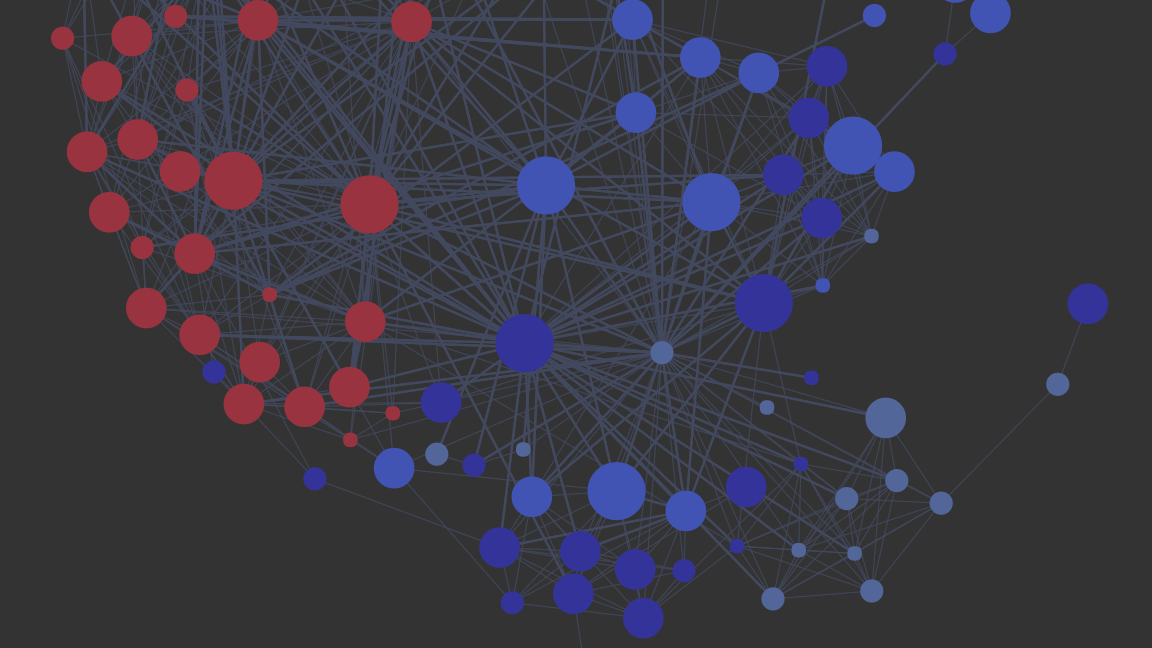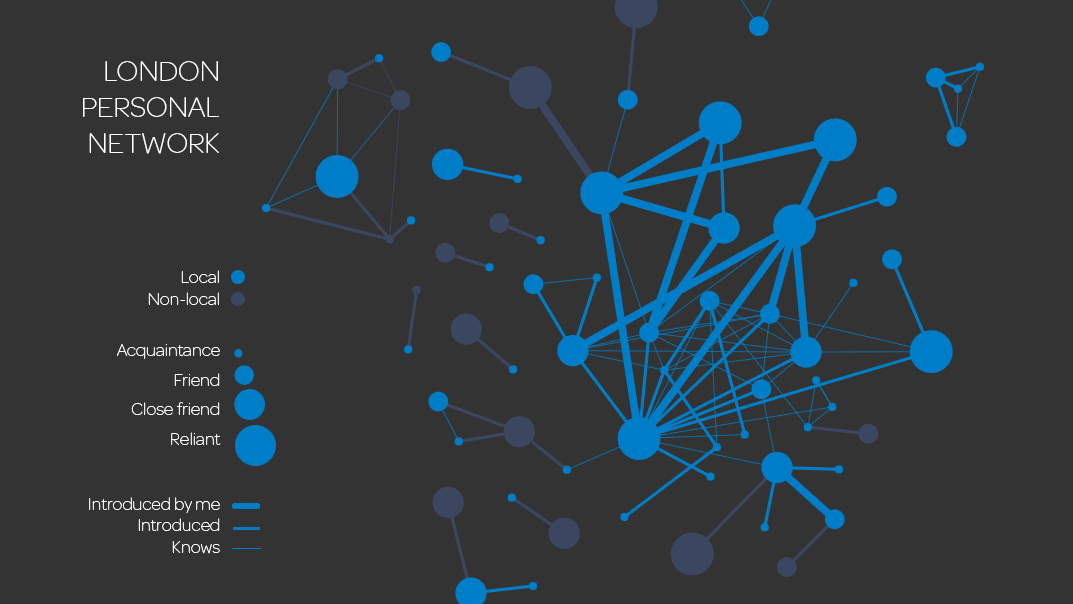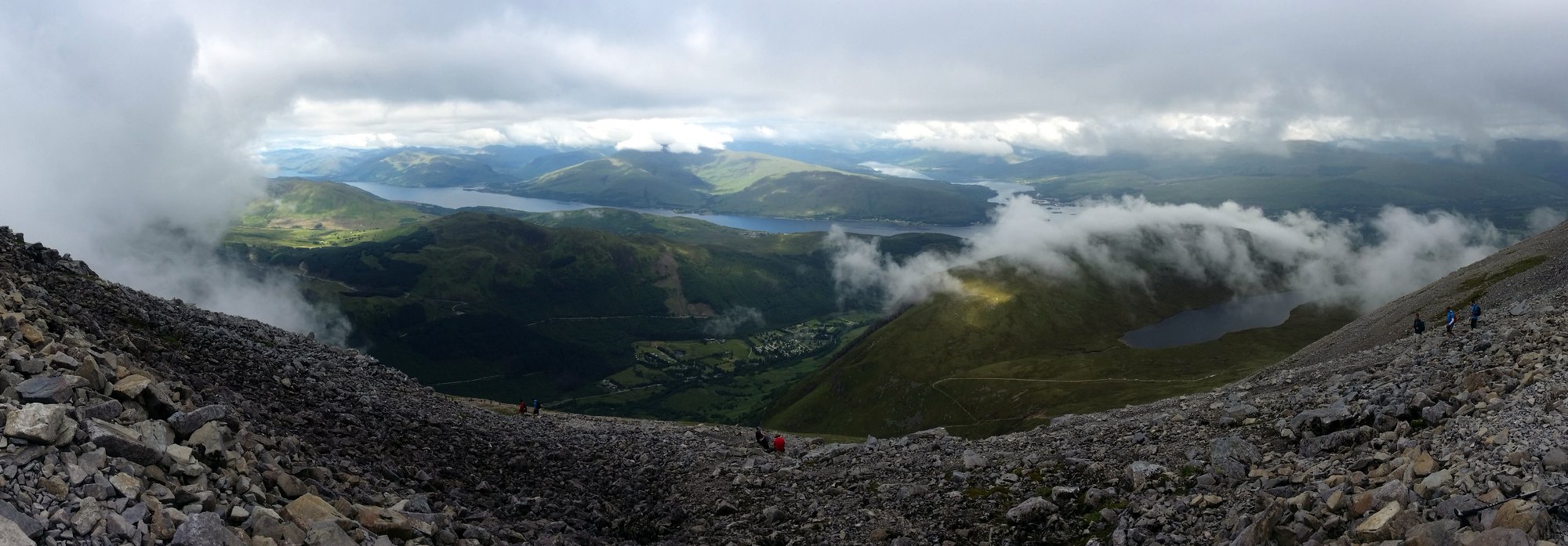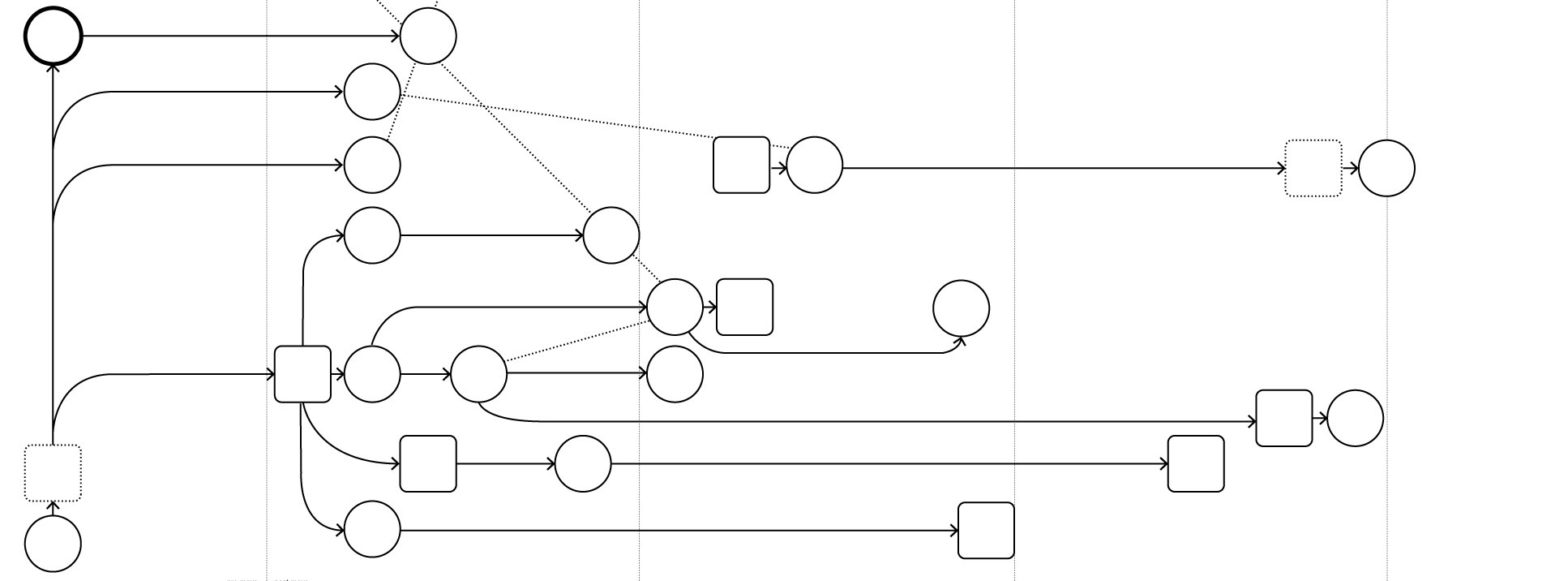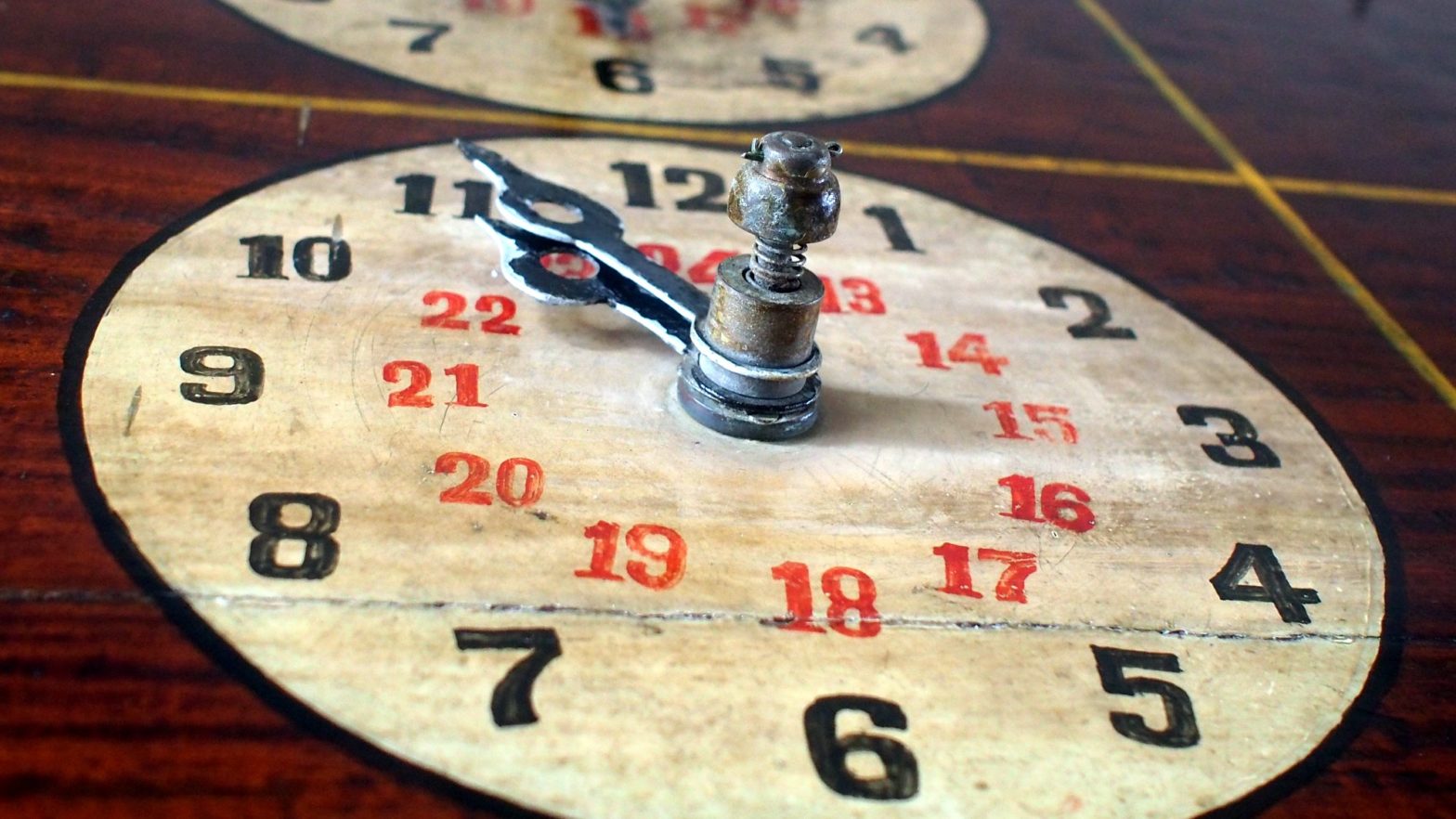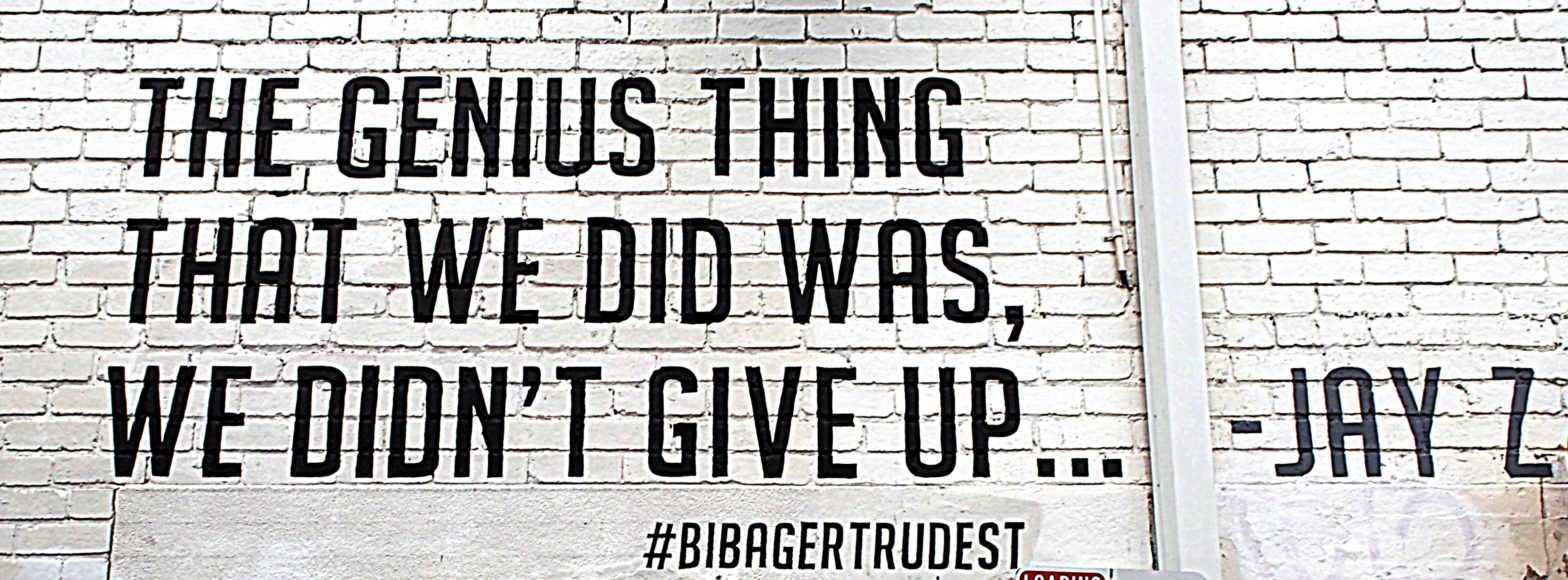Celebrating friendships
After all the effort of building a dataset for The Reliants Project, it’s been great the reap the rewards with countless ways to explore and visualise the data. I’ve decided to focus first on the reliants, my closest relationships.To give readers a sense of the breadth of the group categorised as reliants, here are some reference points. They include family members I’ve known since birth, others I’ve built relationships with spanning 25+ years, as well as people I’ve gotten to know within the last year. I met an equal number through direct introductions and public events and there are even two that I met serendipitously. They are overwhelmingly male, but very diverse in terms of nationality and ethnicity. Their ages span from mid-twenties to retired, though the majority are 25-45. Almost all of them have moved internationally and have lived in the same city as me at some point, though there are a couple of exceptions. Roughly half of them are married and/or have children, however few had reached this life stage when I met them. Beyond family (2 people), two pairs have relationships …

